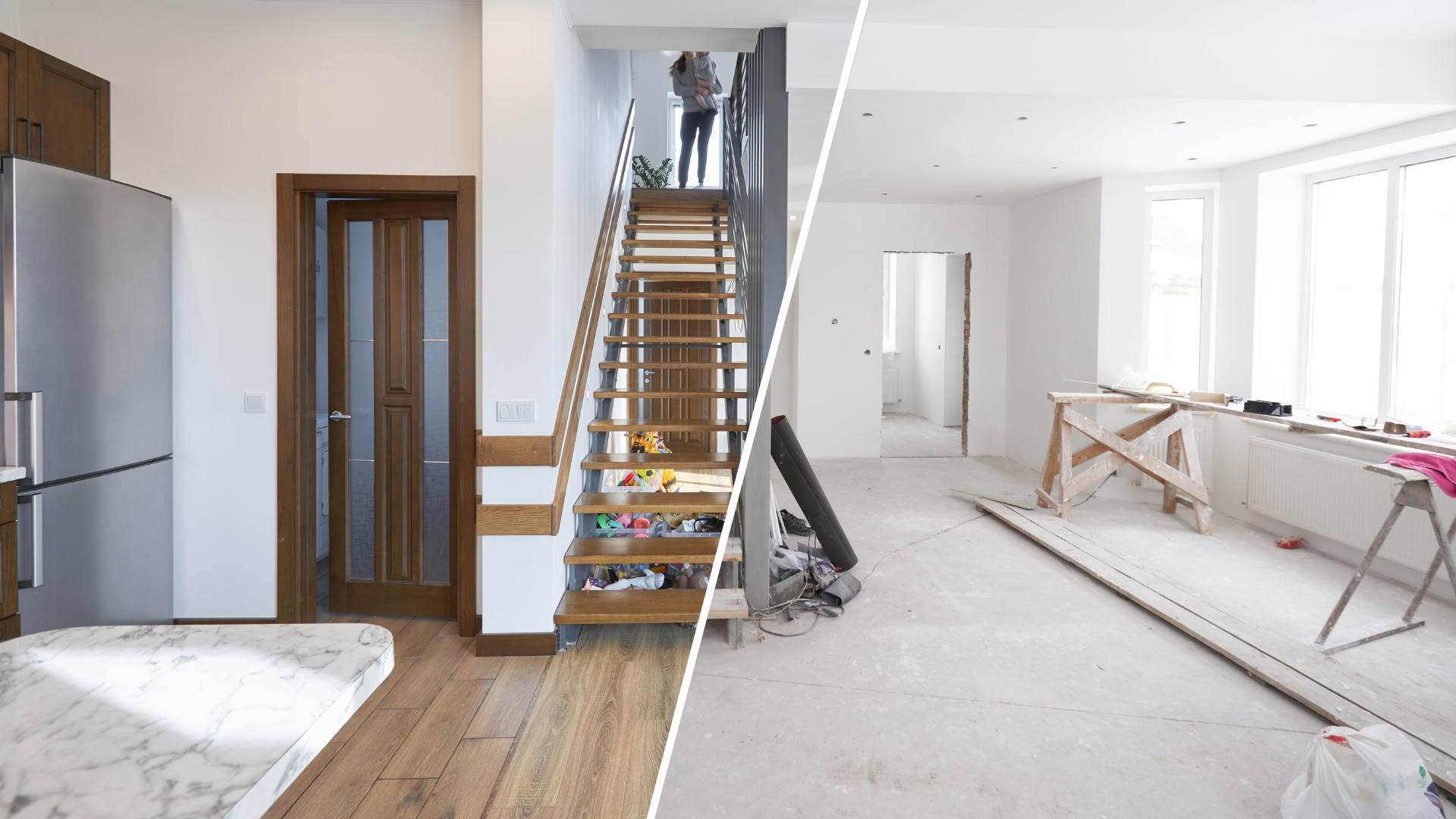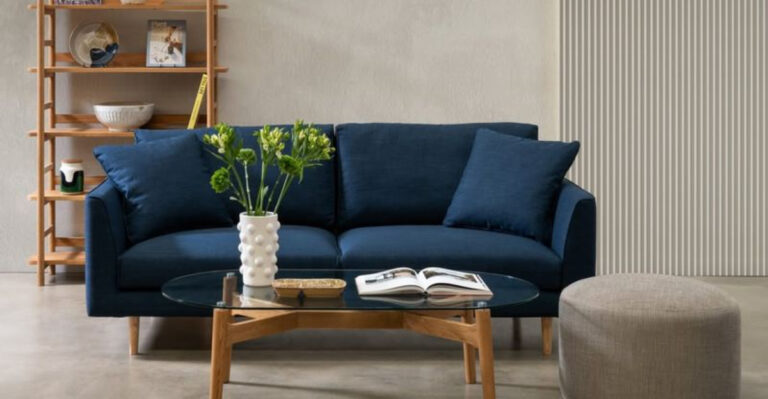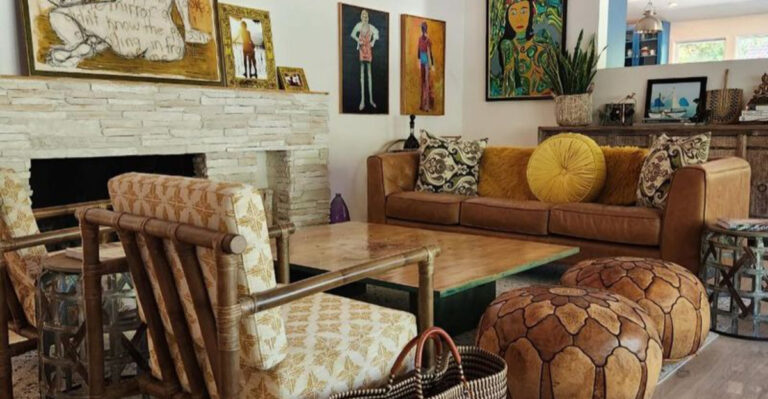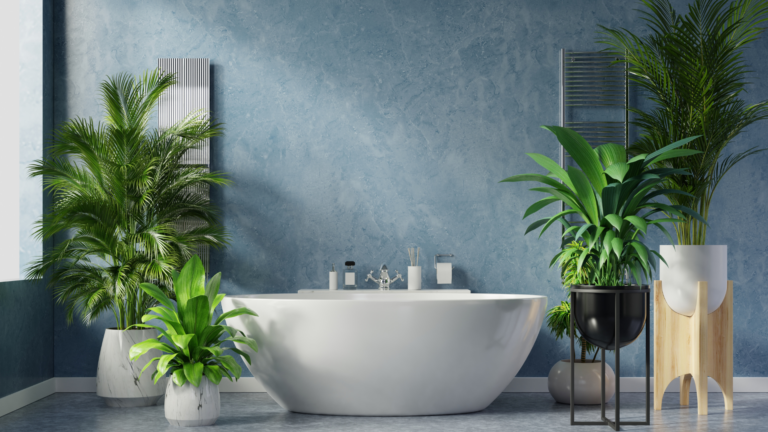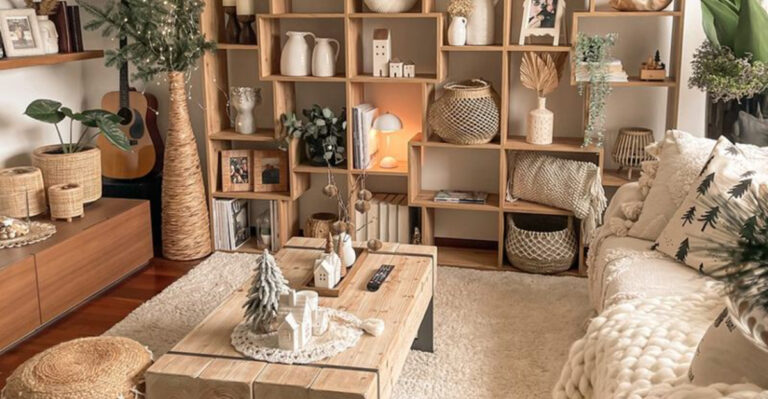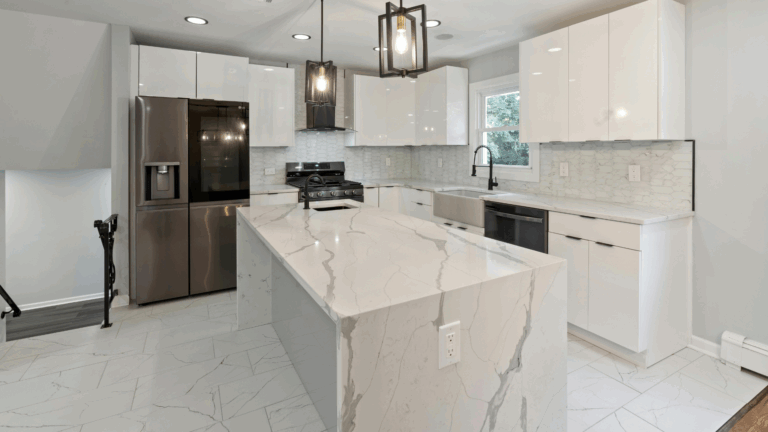Multigenerational Living Is Here To Stay (18 Ways To Renovate Accordingly)
More families are finding themselves living under one roof again, and it’s becoming pretty common. Sometimes it’s grandparents moving in to help out with the kids, or grown-up children returning home for a while.
In some cases, it’s just part of family tradition. There’s a lot of good that can come from being together, support, connection, but it can also be a bit tricky to manage everyone’s needs.
Having a home that’s set up for this kind of living really helps. With the right layout and a bit of space, things can feel more comfortable and a lot less stressful.
1. Create Separate Entrances
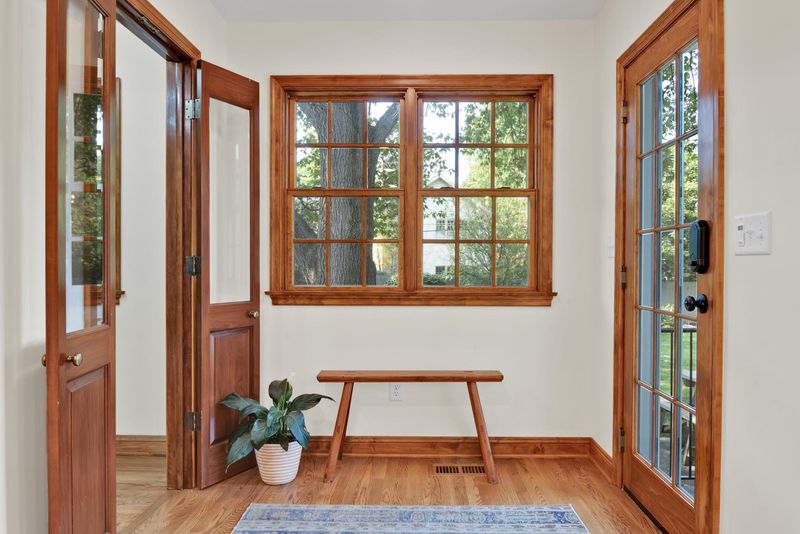
Nothing says “I respect your independence” like your own front door! Adding a separate entrance for different generations creates that crucial sense of autonomy while still keeping everyone under one roof. Basement walkouts, side entrances with small porches, or converting a window into a doorway can work wonders. These separate access points help family members maintain their dignity and privacy.
2. Convert That Garage Into Living Space
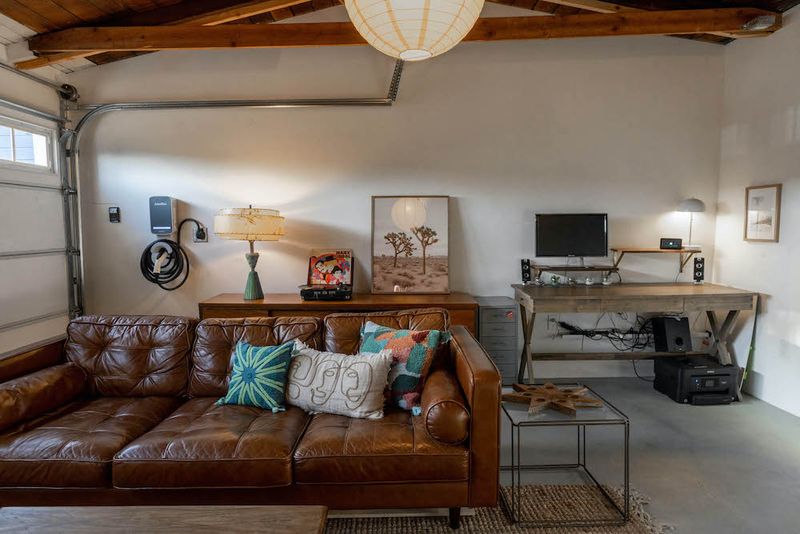
Garages aren’t just for cars anymore! With proper insulation, electrical work, and plumbing, that underused space can transform into a cozy in-law suite or young adult apartment.
Though it requires permits in most places, the investment pays off. Many families find garage conversions offer just enough distance for privacy while keeping loved ones close enough for daily interaction.
3. Install Sound-Dampening Materials

Who knew grandpa’s TV could get SO loud? Sound-dampening insulation between walls, floors, and ceilings helps everyone maintain sanity when sleep schedules or entertainment preferences differ.
Acoustic panels, weatherstripping around doors, and mass-loaded vinyl inside walls work magic for noise reduction.
Even simple fixes like area rugs, door sweeps, and heavy curtains can dramatically reduce sound travel between living spaces.
4. Add Smart Home Features For All Ages
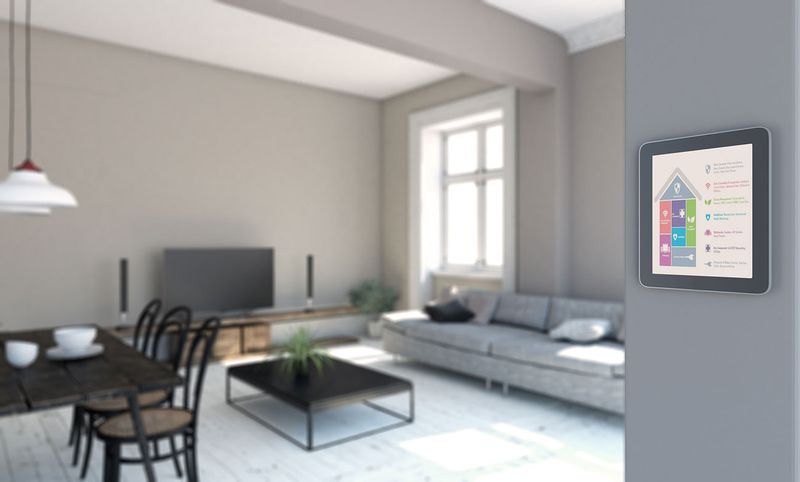
If grandma can’t figure out the thermostat and teens keep leaving lights on, smart home tech comes to the rescue!
Voice-activated systems let everyone control their environment regardless of tech savvy or mobility. Motion sensors for lighting help prevent falls for older adults.
Meanwhile, app-controlled door locks mean no more midnight calls to let someone in who forgot their key.
5. Build A Shared But Zoned Kitchen
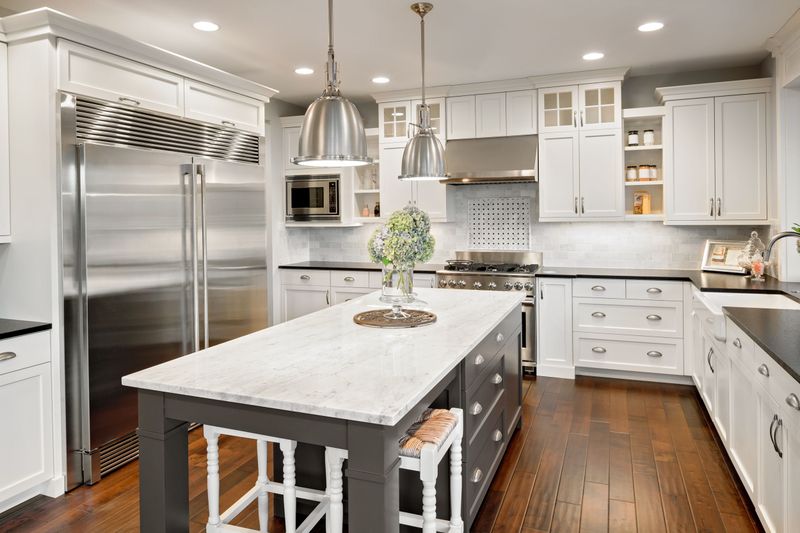
Sometimes everyone wants to cook at once! Designing kitchen zones prevents mealtime chaos when multiple generations have different schedules and food preferences.
Consider dual refrigerators, separate prep stations, and maybe even two smaller dishwashers instead of one large one.
An island with seating creates a natural gathering spot, while clearly defined work areas let each cook maintain their territory.
6. Create Flexible Common Spaces
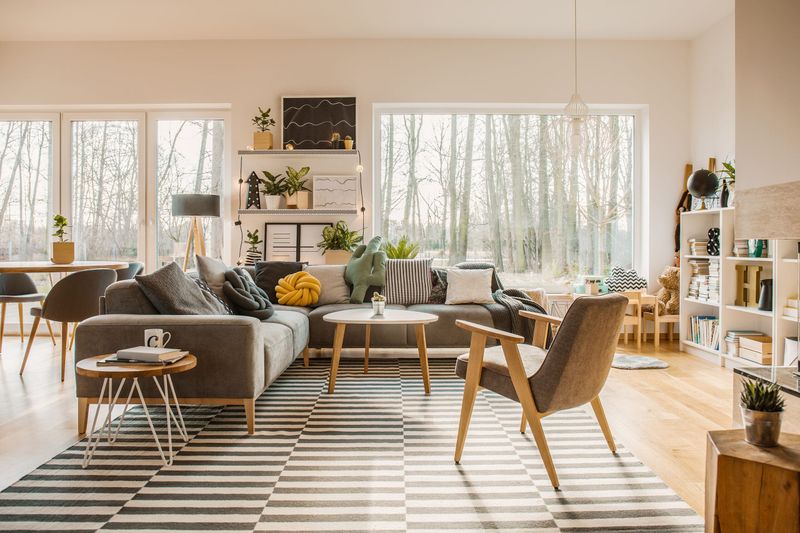
Monday it’s a playroom, Tuesday it’s grandpa’s poker night! Flexible common areas adapt to changing family needs without major renovations.
Furniture on wheels, folding tables, and modular seating arrangements make quick transformations possible.
Storage solutions that hide away toys, craft supplies, or game equipment keep spaces functional for all ages throughout the day.
7. Don’t Forget Private Retreats
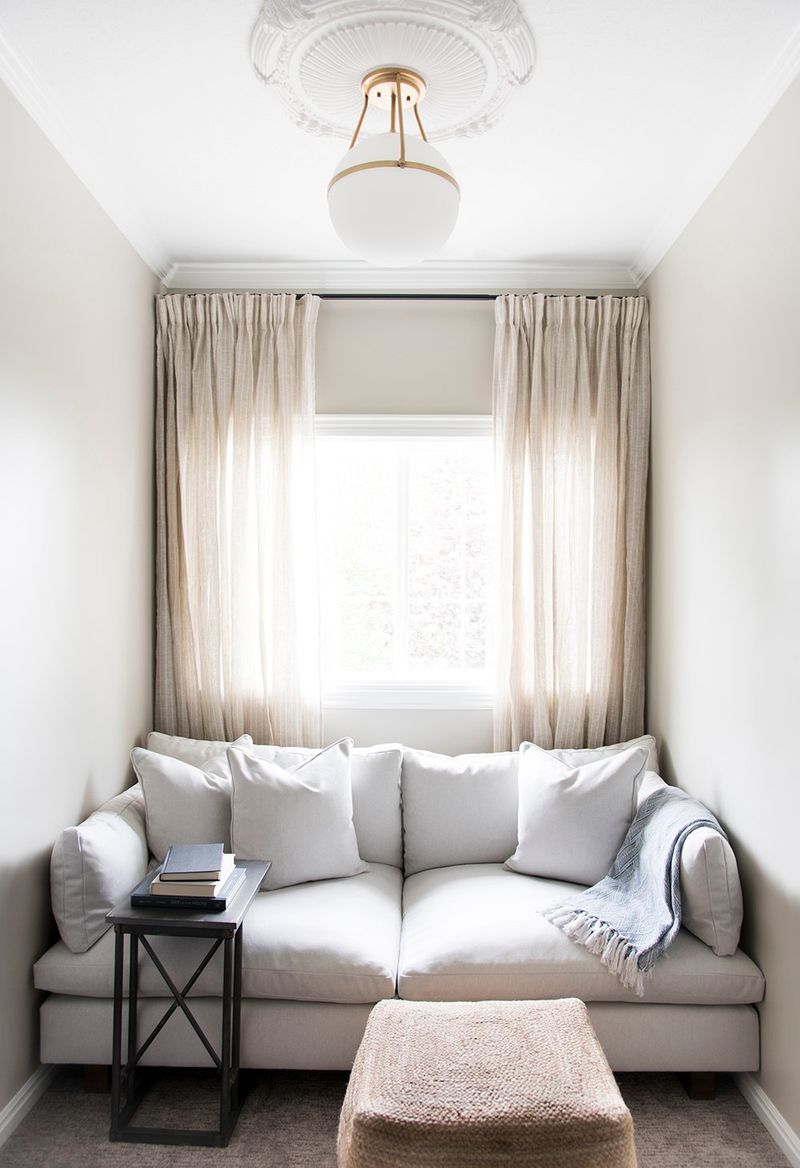
Even the most family-oriented person needs alone time! Carving out small private spaces throughout the home gives everyone a sanity-saving retreat when togetherness becomes too much.
Window seats, converted closets, or even attic nooks can become reading spots or meditation corners.
These mini-sanctuaries don’t need to be large—just enough space for one person to decompress when needed.
8. Level Up With Universal Design
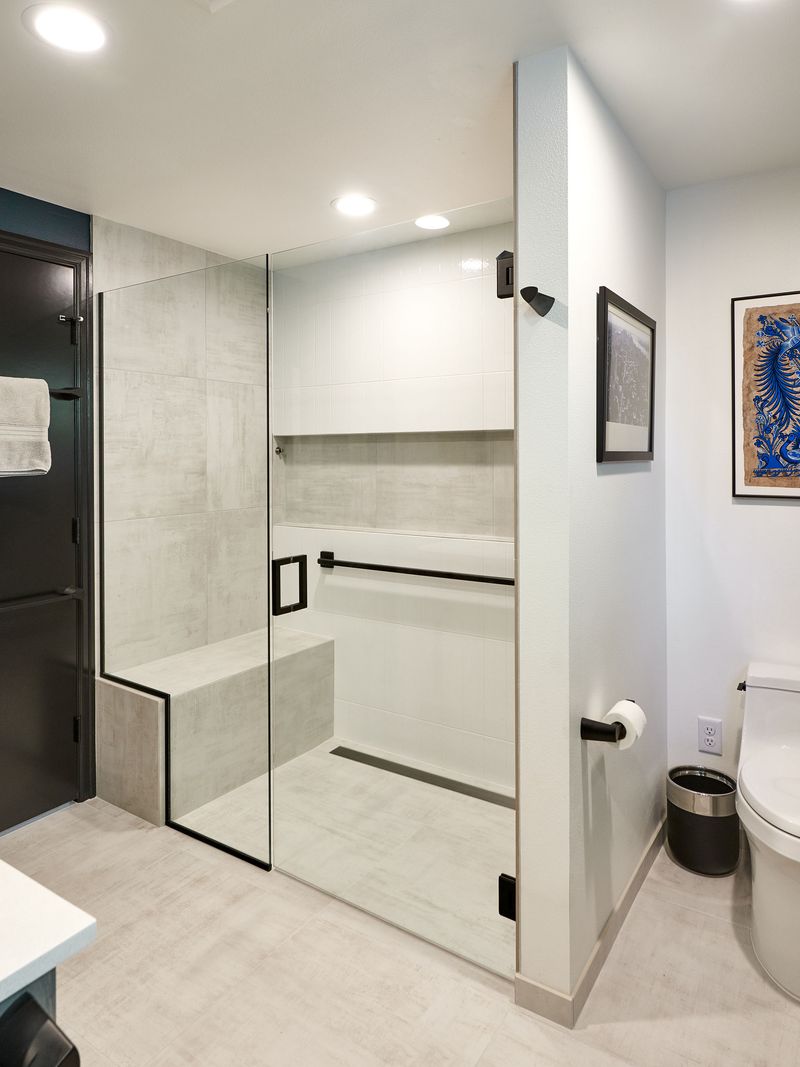
Stairs that were fine yesterday might become tomorrow’s obstacle! Universal design principles make homes accessible to all ages and abilities, preventing future renovation headaches.
Zero-threshold showers, lever door handles, and varied counter heights accommodate everyone from small children to aging adults.
These thoughtful touches often blend seamlessly into modern design while making life easier for the whole family.
9. Multiple Laundry Stations Save Sanity

There’s nothing quite like the family feud that erupts when someone’s wet clothes sit in the washer for hours!
Multiple laundry stations prevent this common source of multigenerational tension. If space allows, stackable units in different home zones work wonders.
Can’t fit two full setups? Consider a second washer sharing drainage with the main one. It’s often the washing capacity that causes bottlenecks, not drying.
10. Rethink The Dining Experience
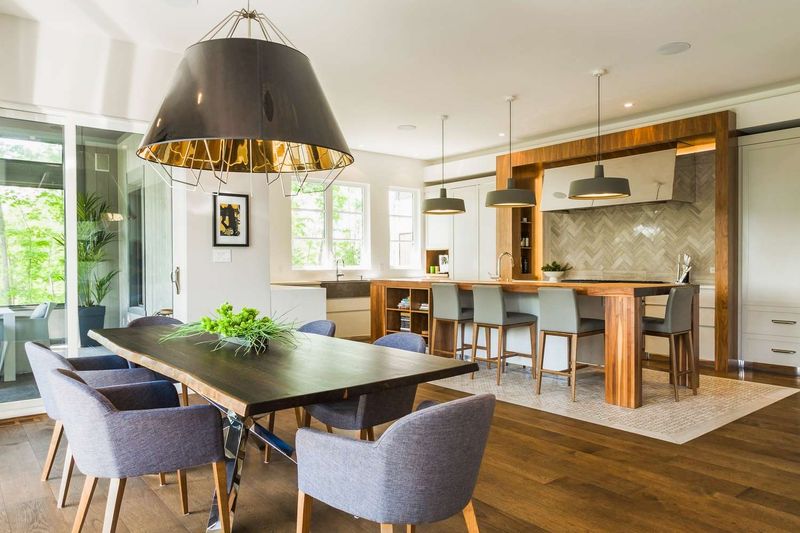
Family meals bring everyone together, except when schedules clash! A combination of eating spaces accommodates both big family dinners and quick solo breakfasts.
A main dining area that expands for gatherings works alongside smaller breakfast nooks or kitchen counters for everyday meals.
Some families even create separate small kitchenettes in basement suites or converted garages for maximum mealtime flexibility.
11. Storage Solutions That Speak To Each Generation
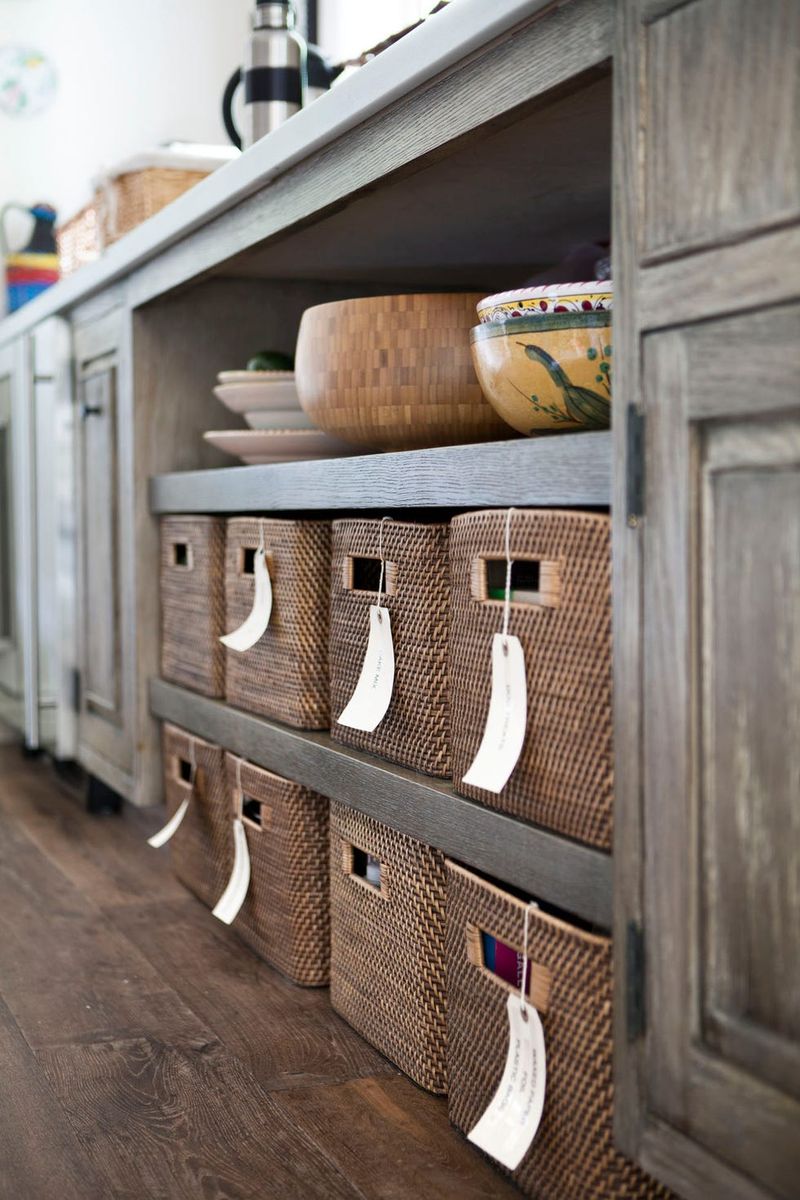
Baby boomers, millennials, and Gen Z all have different stuff, and different ideas about organizing it! Customized storage solutions prevent clutter wars when multiple generations share space.
Built-ins with varied compartment sizes accommodate everything from vinyl record collections to gaming equipment.
Labeled zones and adjustable systems grow with changing family needs, while lockable storage protects valuables or keeps dangerous items away from little ones.
12. Outdoor Spaces That Serve Everyone
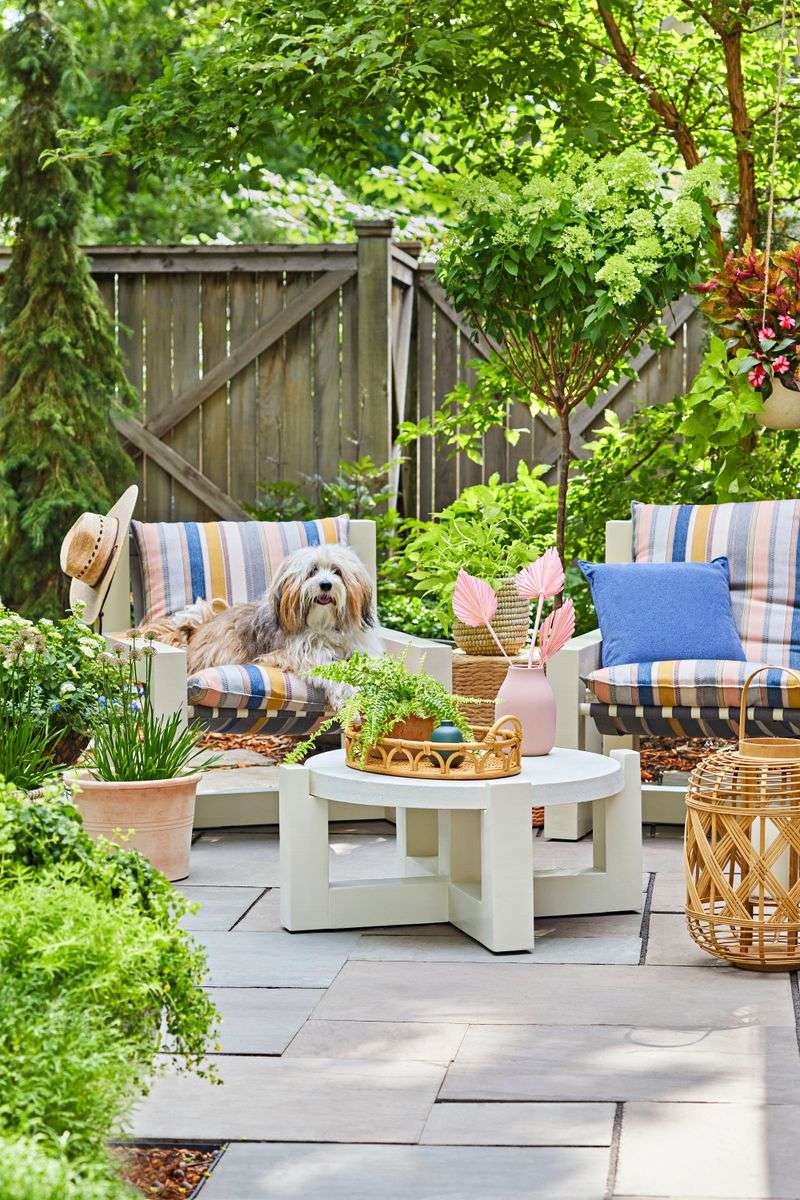
Grandma wants a garden, teens need hangout space, and the little ones require room to run! Zoned outdoor areas satisfy everyone’s needs without creating chaos.
Raised garden beds make gardening accessible for older adults, while patios with varied seating accommodate different groups.
Fire pits create gathering spots for evening conversations, and play zones keep younger family members entertained without disrupting adult relaxation.
13. Bathroom Multiplication Strategy
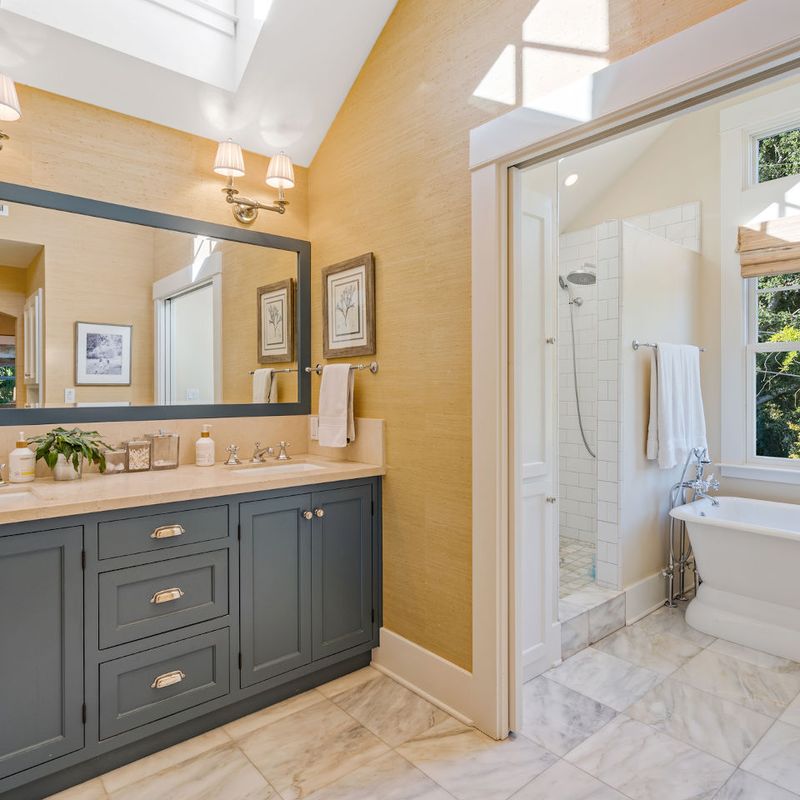
Morning bathroom traffic jams can ruin family harmony faster than you can say “Who used all the hot water?” Multiple bathrooms, or at least multiple components, ease this daily pain point.
If adding full bathrooms isn’t possible, consider separating toilet and shower areas with pocket doors. Even simple additions like a powder room or a second vanity in a main bathroom can dramatically reduce conflicts during rush hour.
14. Soundproof The Entertainment Areas
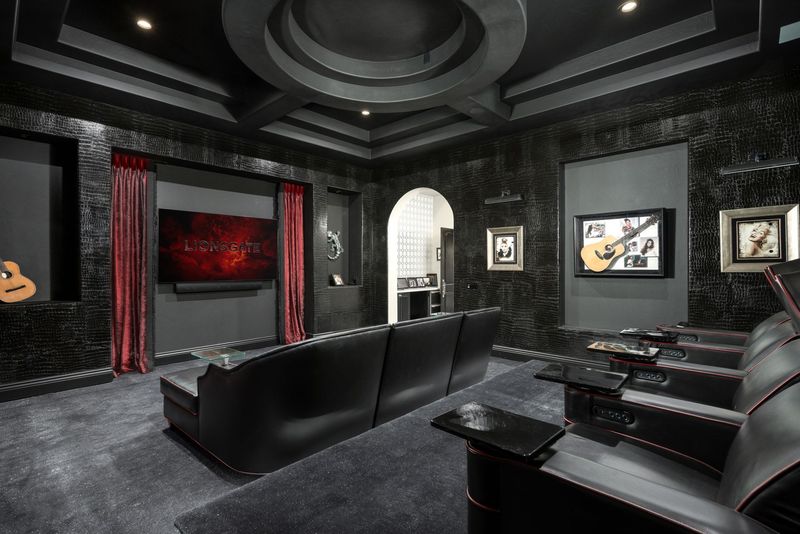
Teenage music battles grandpa’s western movies in an epic volume war! Entertainment spaces need serious soundproofing when generations have different ideas of fun.
Beyond basic insulation, consider floating floors that don’t transmit vibration and acoustic panels that blend into decor.
Media rooms benefit from solid-core doors with weatherstripping and wall-mounted TVs with isolation mounts to prevent sound traveling through shared walls.
15. Safety Features That Don’t Scream “Nursing Home”
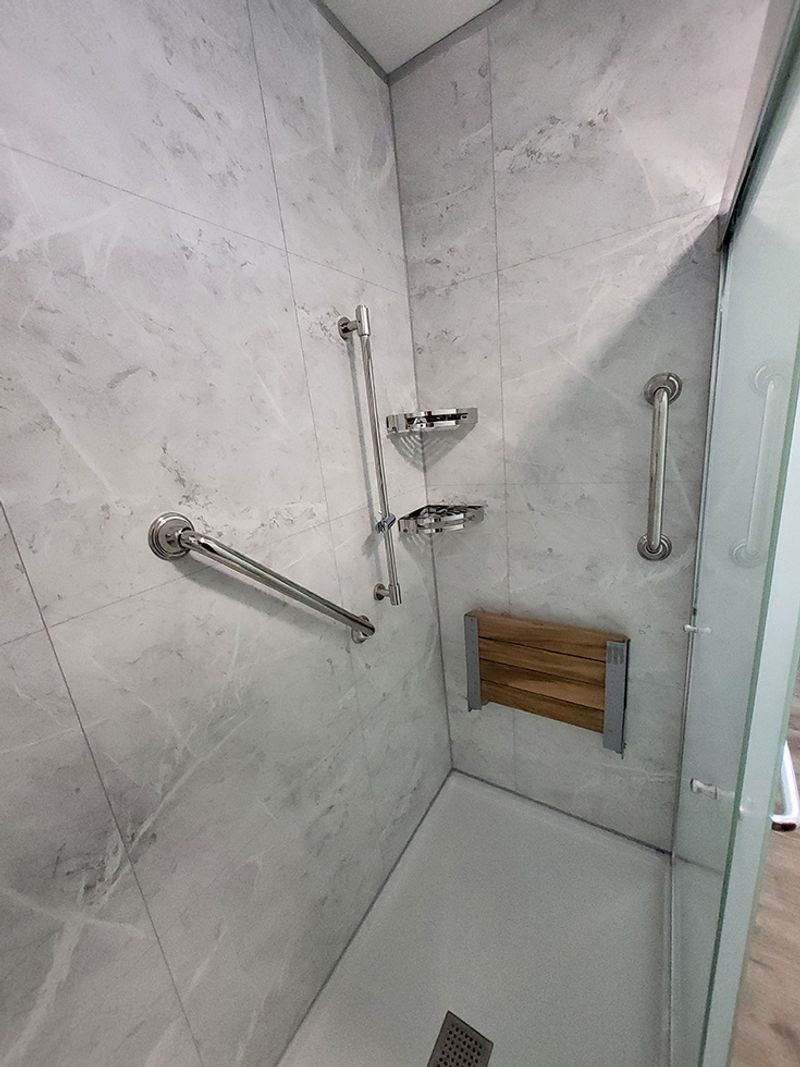
Safety doesn’t have to look institutional! Modern designs integrate grab bars, non-slip surfaces, and other safety features without sacrificing style.
Decorative grab bars that double as towel racks, curbless showers with hidden drains, and motion-sensor lighting along hallways protect vulnerable family members.
These subtle touches benefit everyone, from toddlers to grandparents, without stigmatizing aging family members.
16. Tech Zones For Different Digital Needs
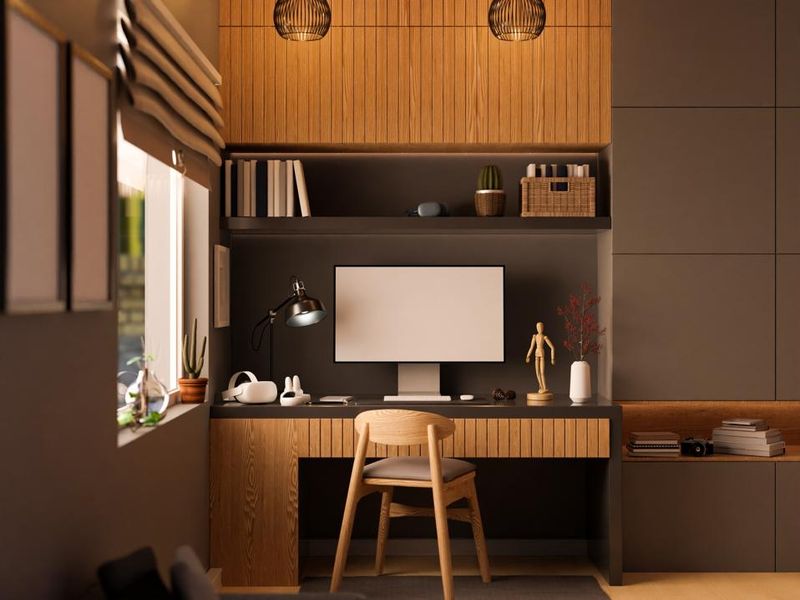
When grandma needs computer help, she shouldn’t have to navigate past teenagers gaming! Dedicated tech zones for different digital activities prevent frustration and promote sharing knowledge.
A quiet workspace for adults handling bills or video calls can coexist with gaming stations in more active areas.
Shared equipment like printers can sit in accessible locations, while charging stations throughout the home keep everyone’s devices powered up.
17. Blend Indoor-Outdoor Transitions
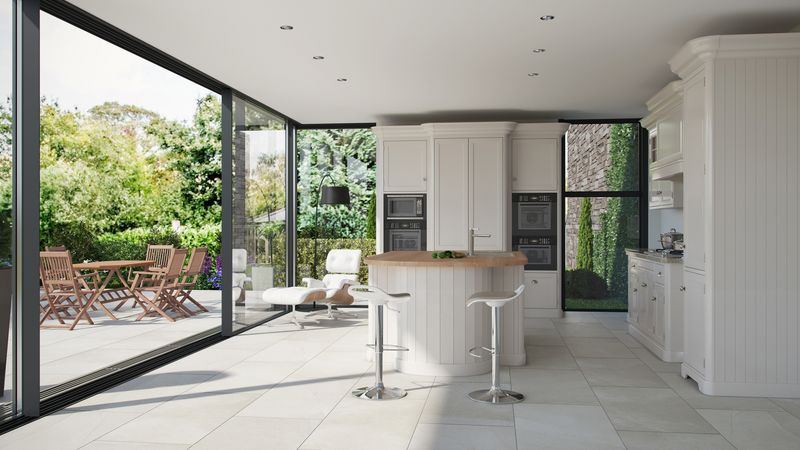
Sometimes the best way to add space is to use what’s just outside your door! Seamless indoor-outdoor transitions effectively expand living areas without major construction.
Large sliding doors, covered patios with heating elements, and outdoor kitchens extend usable space in good weather.
These transitional areas often become favorite gathering spots where different generations naturally mingle outside their usual zones.
18. Consider An Elevator Or Lift
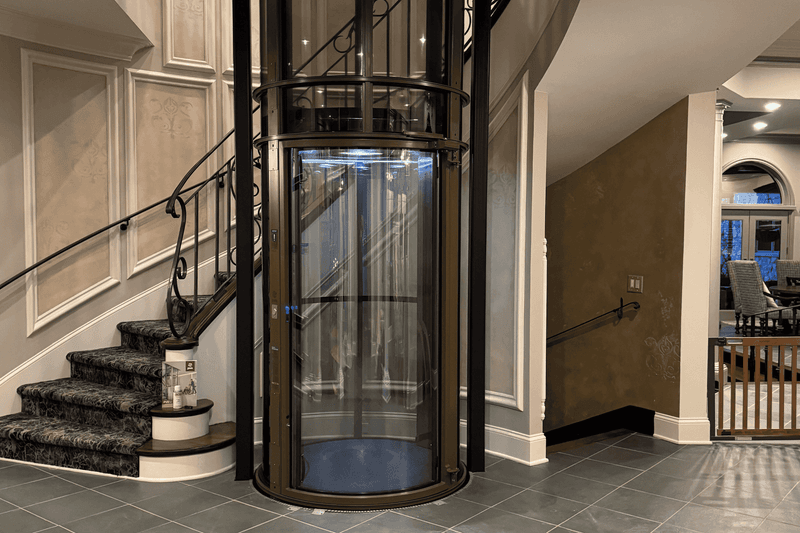
Stairs shouldn’t determine who gets which bedroom! Home elevators or stair lifts have become more affordable and less intrusive, making multi-level homes accessible to all generations.
Modern residential elevators can fit in surprisingly small spaces, while stair lifts can be installed without major structural changes.
For new construction, stacking closets on different floors creates the perfect future elevator shaft if needed down the road.

